-
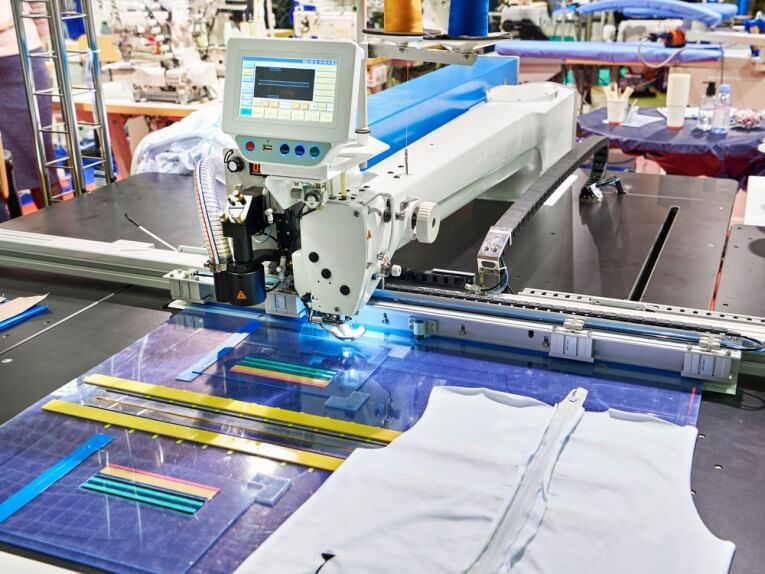
Sewing Robots: How Robotics Solve the Most Challenging Applications
Automation has found its way into almost every facet of manufacturing. However, sewing has traditionally been a difficult task for industrial robotics and other automation tools to tackle. New advancements in automation technology are expanding the world of automation for sewing manufacturers, e...Read more -

Material Handling Robots: What to Know Before You Automate
Many modern manufacturers achieve significant productivity gains by automating their material handling tasks. However, it’s not always clear what people mean by material handling and how robots help with these applications. Therefore, before beginning your automation journey with material handli...Read more -
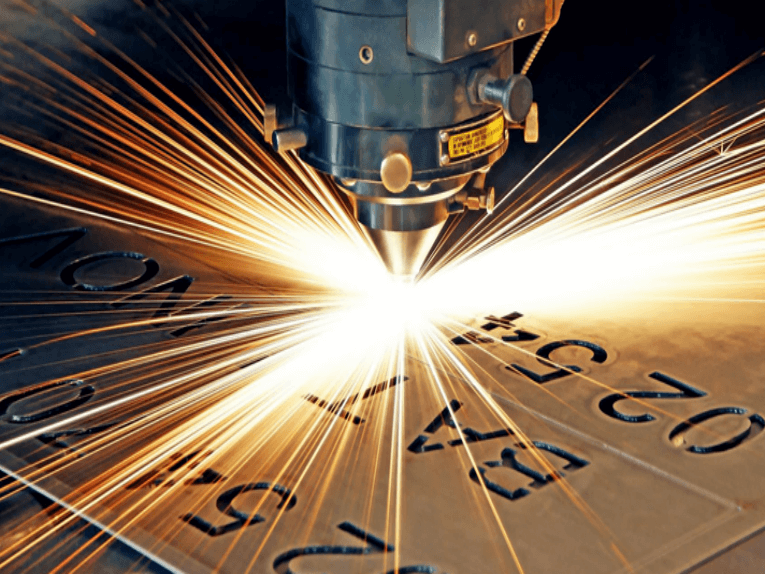
How Does Robot Laser Cutting Improve the Situation?
Robot laser cutting overcomes many of the disadvantages of conventional laser cutting machines. Here are a few benefits of using robot laser cutting: 1. Robots are suitable for any cutting path — You are no longer restricted to cutting in only one plane, as with conventional machines. A robot ca...Read more -
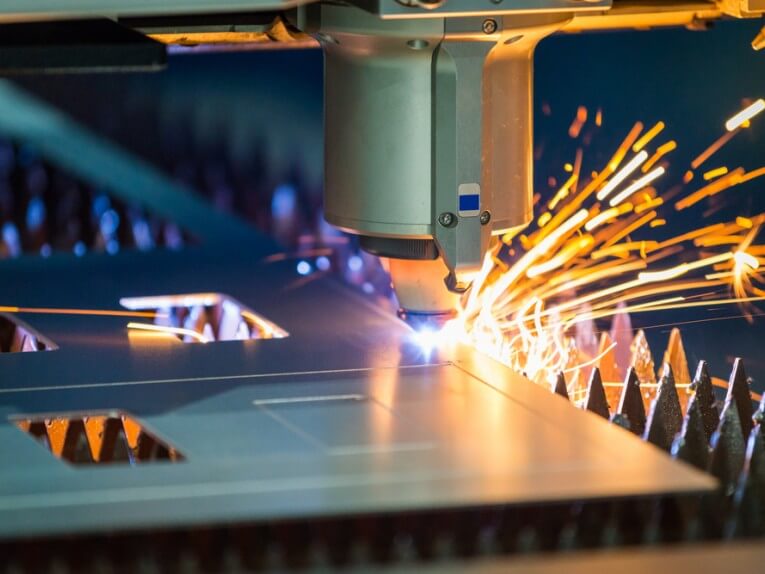
Should You Start Using Robotic Laser Cutting?
Robotic laser cutting offers some useful benefits over more conventional forms of laser cutting automation. But, you might still be unsure if it’s the best approach for you. Why would you choose to use a robot instead of a laser cutting machine? What are the disadvantages of opting for a more co...Read more -

3 Important Details to Keep in Mind before Integration of the Laser Cutting Robots
Laser cutting systems offer unmatched cutting performance. However, they also pose a significant monetary investment. Therefore, like any capital investment, it’s crucial to be aware of some critical factors before integration. Application Requirements The most significant factor affecting your ...Read more -

Laser Cutting Robots: Precision Meets Productivity
Laser cutting robots are powerful yet complex manufacturing tools. While they provide quality results for the manufacturers that deploy them, it’s essential to understand where they fit in the cutting robot lineup. By understanding what they are, the different types of laser cutting robots, and ...Read more -

What is a Linear Robot?
With automation on the rise, the case for linear robotics, has expanded. Linear robots are a type of industrial robot with two or three principal axes that move in a straight line rather than rotate, functioning at right angles to each-other. The three sliding joints correspond to moving the wri...Read more -
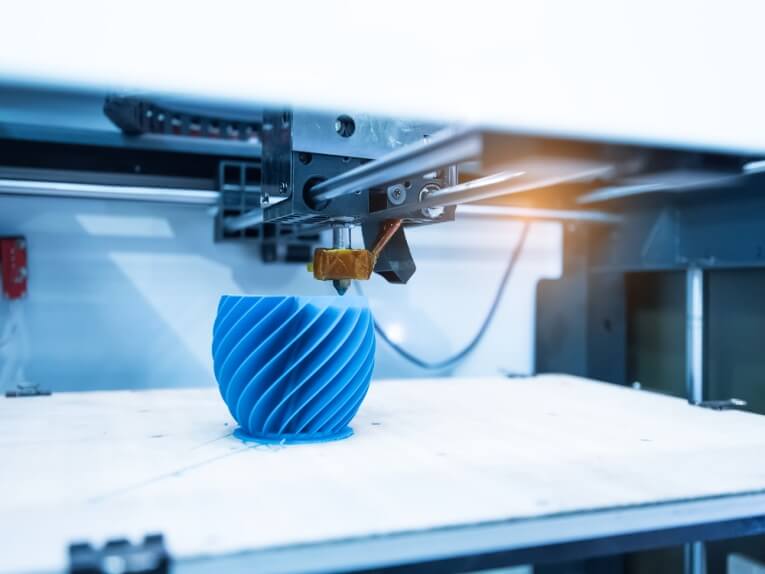
When Should You Automate Using a Cartesian Robot?
Cartesian robots have broad suitability. So, when are they right for you and your project? This question can’t be answered precisely just through this article. However, a few questions and considerations can help you start down the right path of understanding if cartesian robots are the right ch...Read more -
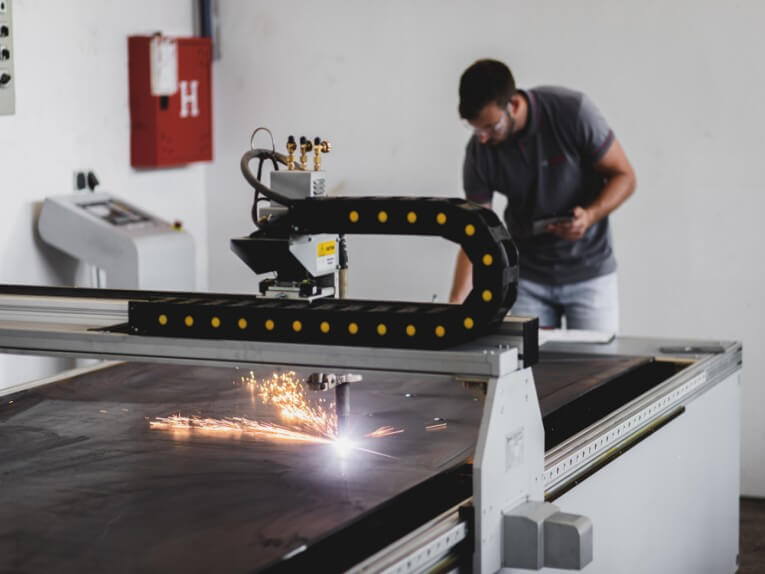
What is a Cartesian Coordinate Robot?
Definition, Design and Configurations for Linear Positioning System. Cartesian Robot Definition A Cartesian Robot or a cartesian coordinate robot (also known as a linear robot) is an industrial robot with three primary control axes that are all linear (meaning that they travel along a str...Read more -
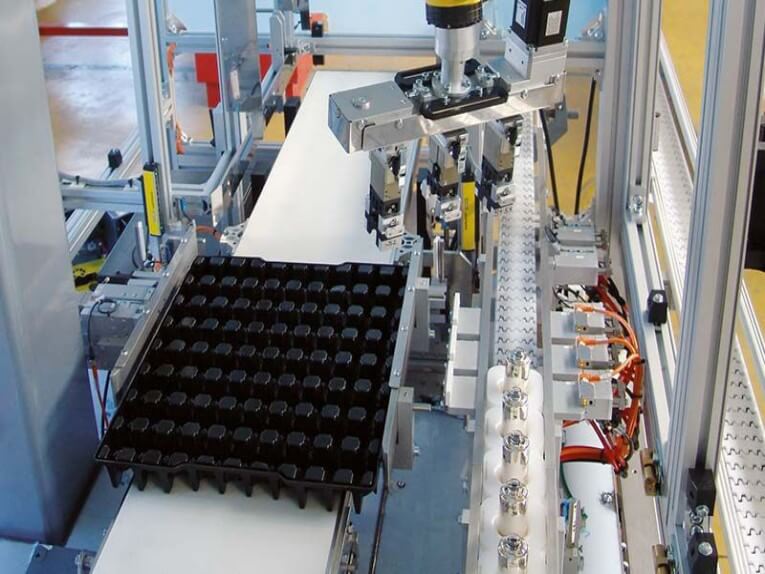
Pick and Place Gantry Cartesian Industrial Robot
Pick-and-place application, such as laboratory use, benefit from cantilevered construction because components are easily accessible. Gantry robots are Cartesian coordinate robots with horizontal members supported at both ends; physically, they are similar to gantry cranes, which are not necessar...Read more -
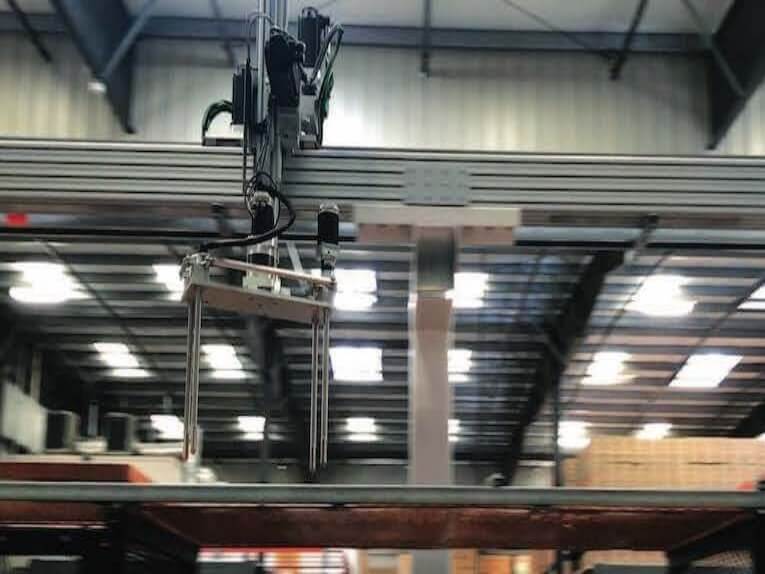
What is a Cartesian Robot used for? Linear Robotic Applications.
Computer numerical control machines (CNC machines) and 3D printing are two typical applications for Cartesian coordinate robots. Milling machines and plotters use the most straightforward application, in which a tool, such as a router or a pen moves around an X-Y plane and is lifted and lowered ...Read more -

Differences between Cartesian, Six-Axis, and SCARA Robots
Cartesian Robot’s Load The load capacity of a robot (as specified by the manufacturer’s ) required to be greater than the total payload’s weight at the end of the robotic arm with tooling parts. SCARA and six-axis robots are constrained because they carry loads on extended components. For exampl...Read more







